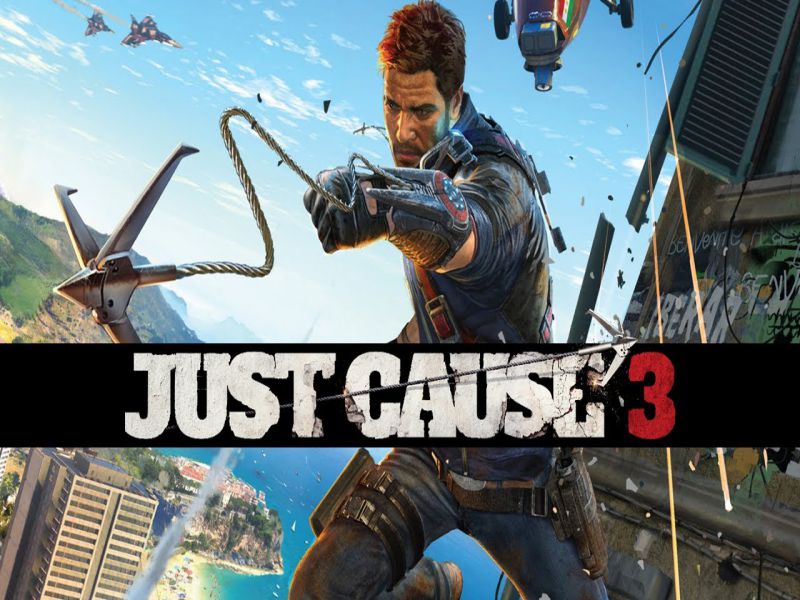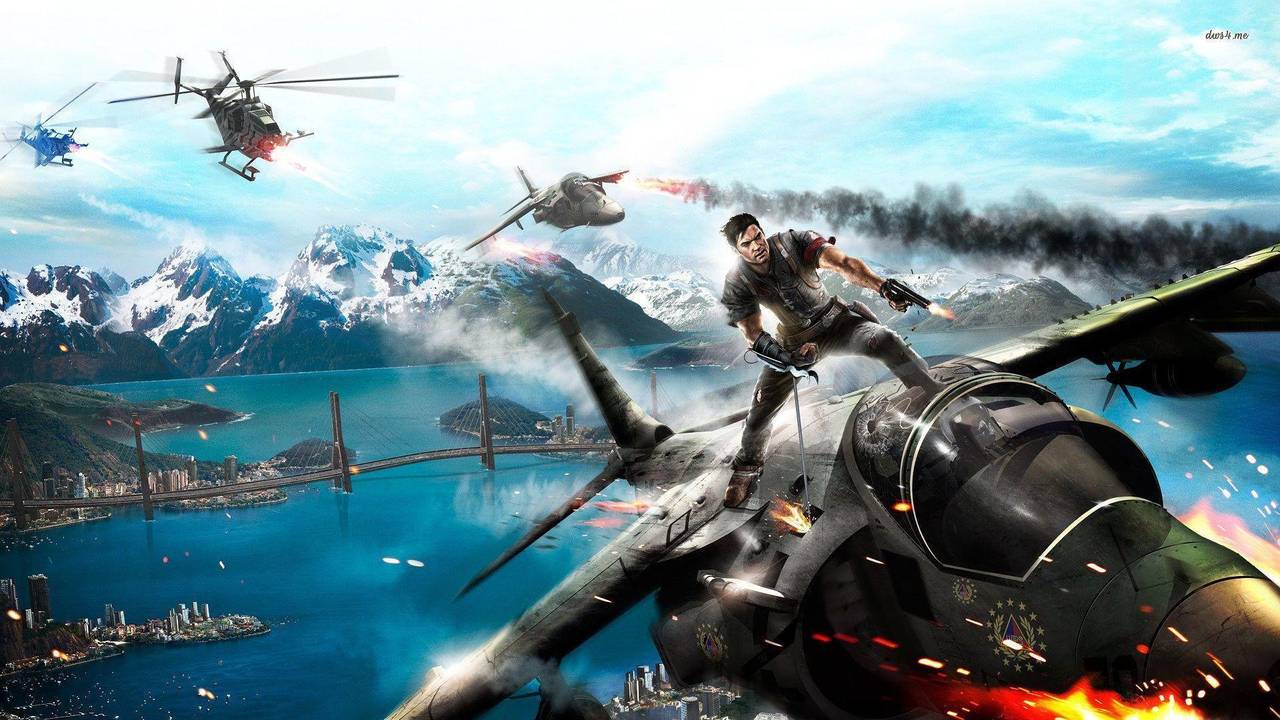

It's hard to describe Just Cause without a knowing wink at its B-movie cliches

successfully driving a limousine without blowing it up or flying off a cliff, at least until the right moment.) Alongside these, there are challenges for testing specific skills and systematically destroying anything that props up the regime: propaganda billboards, towers of speakers blaring speeches, and the aforementioned statues. Sometimes, this means taking on big assignments like stopping an enemy convoy by blowing up a bridge, or side quests like impersonating a government official’s chauffeur (i.e. Medici is apparently Rico’s home country, and as in previous games, he’s stopped by to depose a megalomaniac dictator, a man with a seemingly infinite defense budget and a penchant for massive stone effigies. I played a few hours of Just Cause 3 earlier this month, including a couple of main missions and a decent amount of wandering around the game’s setting, a Mediterranean island nation called Medici. So Just Cause 3, a new installment coming out in December, is going to be judged mainly by one metric: how well it can keep the explosions coming. The ideal mission ends with walls, oil tanks, and guard towers crashing down in a fiery chain reaction, while Rico floats away using his limitless reserve of parachutes. It’s a shooter where your target is not other human beings, but the entire national infrastructures of totalitarian regimes. It’s a sandbox in which "chaos" is an actual, quantifiable value, accrued by protagonist and professional revolutionary Rico Rodriguez. Just Cause is arguably the prototypical destruction game series.


 0 kommentar(er)
0 kommentar(er)
